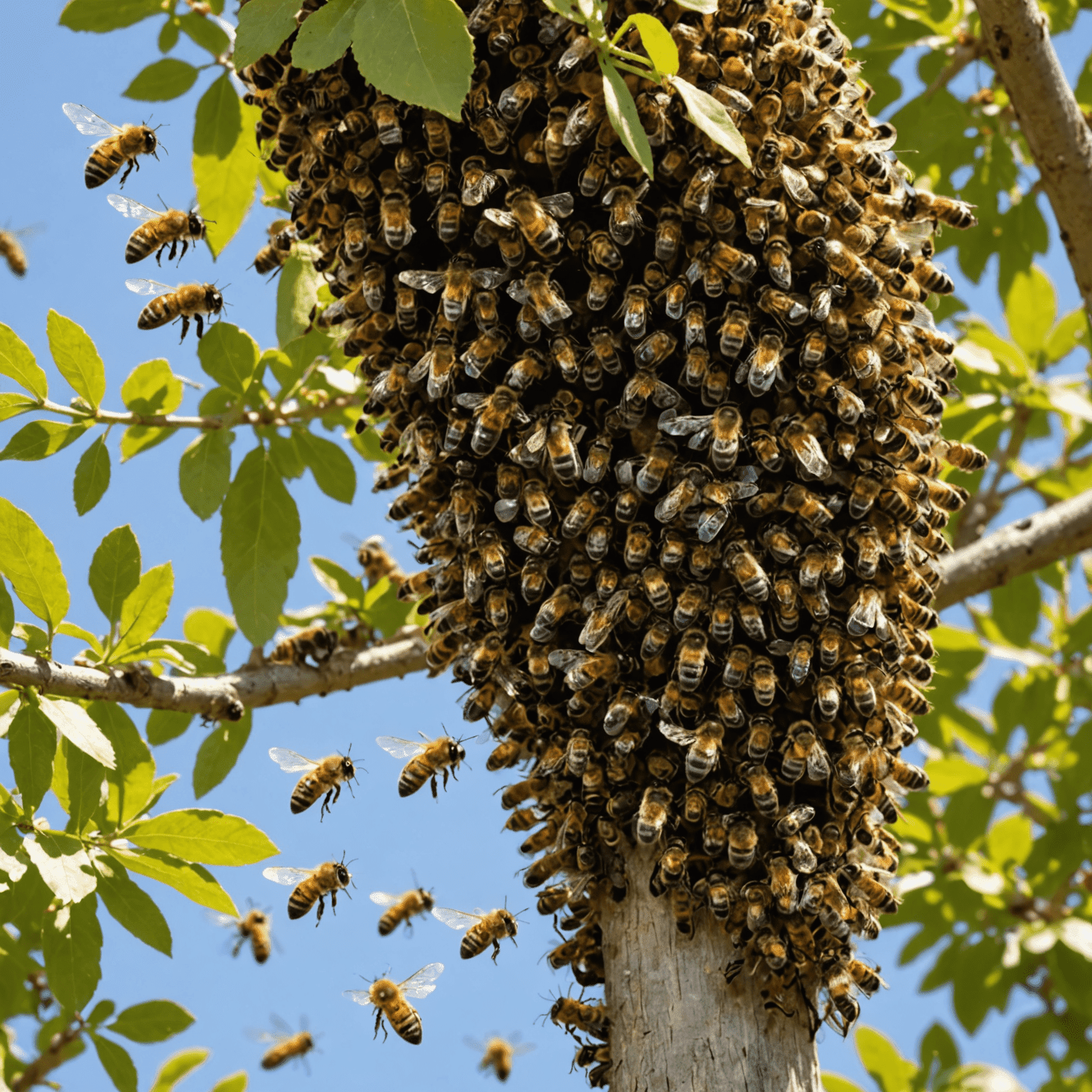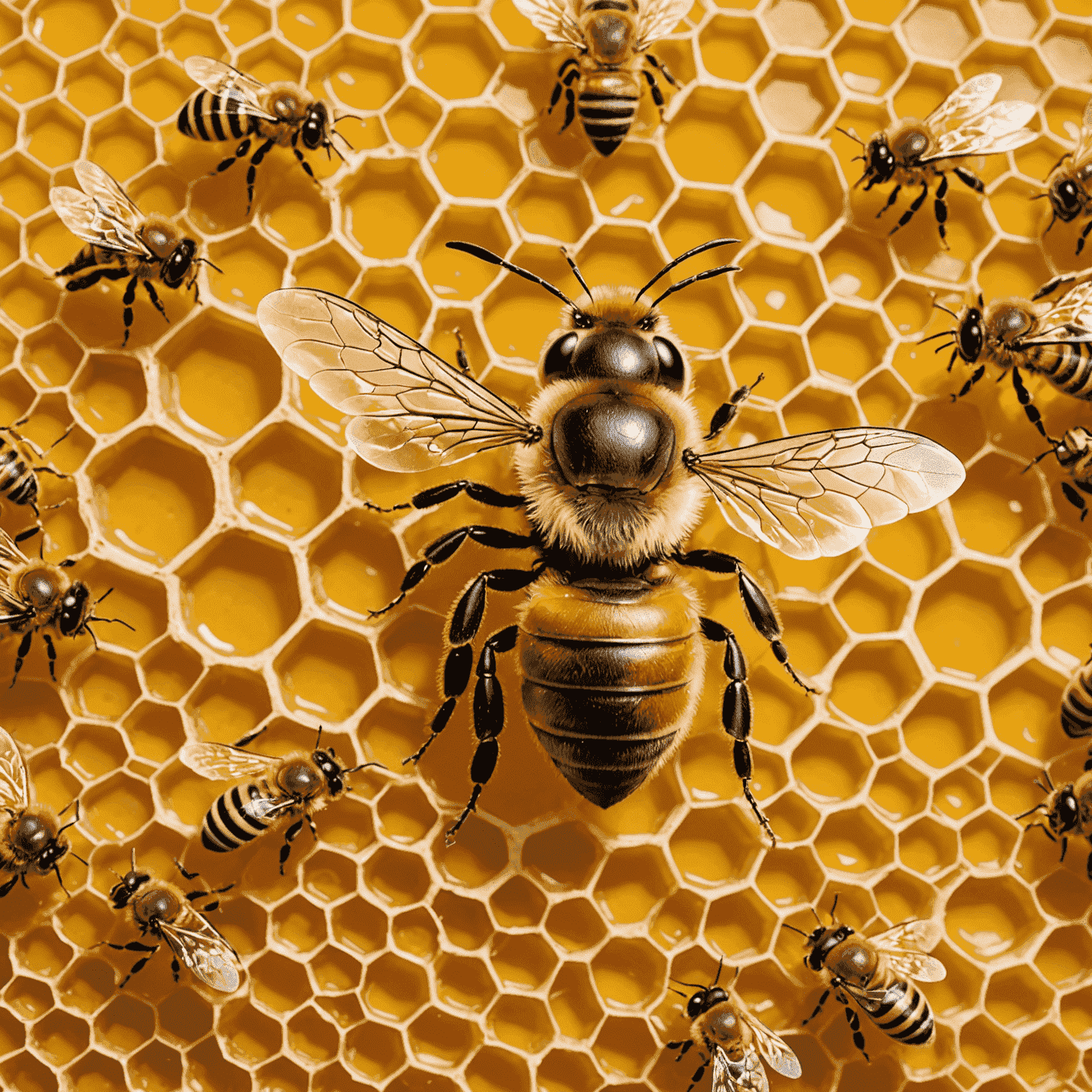Honeybee Democracy: How Swarms Choose New Homes

In the fascinating world of social insects, honeybees stand out for their remarkable ability to make collective decisions. When it comes to choosing a new home, these tiny creatures demonstrate a level of democracy that rivals human societies.
The Swarm's Quest for a New Home
When a honeybee colony outgrows its current hive, about two-thirds of the worker bees and the old queen leave in a swarm to find a new home. This process, known as colony fission, is a critical moment in the life of a bee colony. The success of this venture depends on the swarm's ability to choose an optimal location for their new hive.
Scout Bees: The Housing Inspectors
The search for a new home begins with scout bees. These experienced foragers, typically making up about 5% of the swarm, fly out to explore the surrounding area. They look for potential nest sites such as hollow trees or rock crevices, assessing factors like size, entrance orientation, and protection from the elements.
Did You Know?
Scout bees can explore areas up to 3 miles (5 kilometers) from the swarm's location in their search for the perfect new home!
The Dance of Democracy
Upon returning to the swarm, scout bees perform a waggle dance to communicate information about potential nest sites they've found. The duration and intensity of the dance correlate with the quality of the site. This dance serves as a form of "voting" for a particular location.

Building Consensus
As more scouts return and perform their dances, other bees are recruited to inspect the advertised sites. If they agree with the assessment, they too will dance for that location upon return. Over time, support for high-quality sites grows while enthusiasm for less suitable options wanes.
The Quorum Sensing
The decision-making process reaches its climax when a quorum is achieved for a particular site. This occurs when about 15-20 scout bees are present at a potential new home simultaneously. At this point, the swarm prepares to move to the chosen location.
Amazing Fact:
The entire decision-making process typically takes just a few days, showcasing the efficiency of the bees' democratic system!
Lessons from Nature's Democracy
The honeybees' decision-making process offers valuable insights into collective intelligence and effective group decision-making. Key aspects of their system include:
- Open competition of ideas (dance advertising)
- Independent evaluation by multiple individuals
- Positive feedback mechanisms
- Quorum sensing for final decisions
These principles have inspired researchers in fields ranging from computer science to organizational management, demonstrating how nature's solutions can inform human problem-solving.
Conclusion: A Model of Collective Wisdom
The honeybee swarm's method of choosing a new home exemplifies a sophisticated form of collective decision-making. It showcases how simple interactions between individuals can lead to complex and effective group behaviors. As we face our own challenges in decision-making and governance, perhaps we can draw inspiration from these tiny yet remarkably democratic insects.